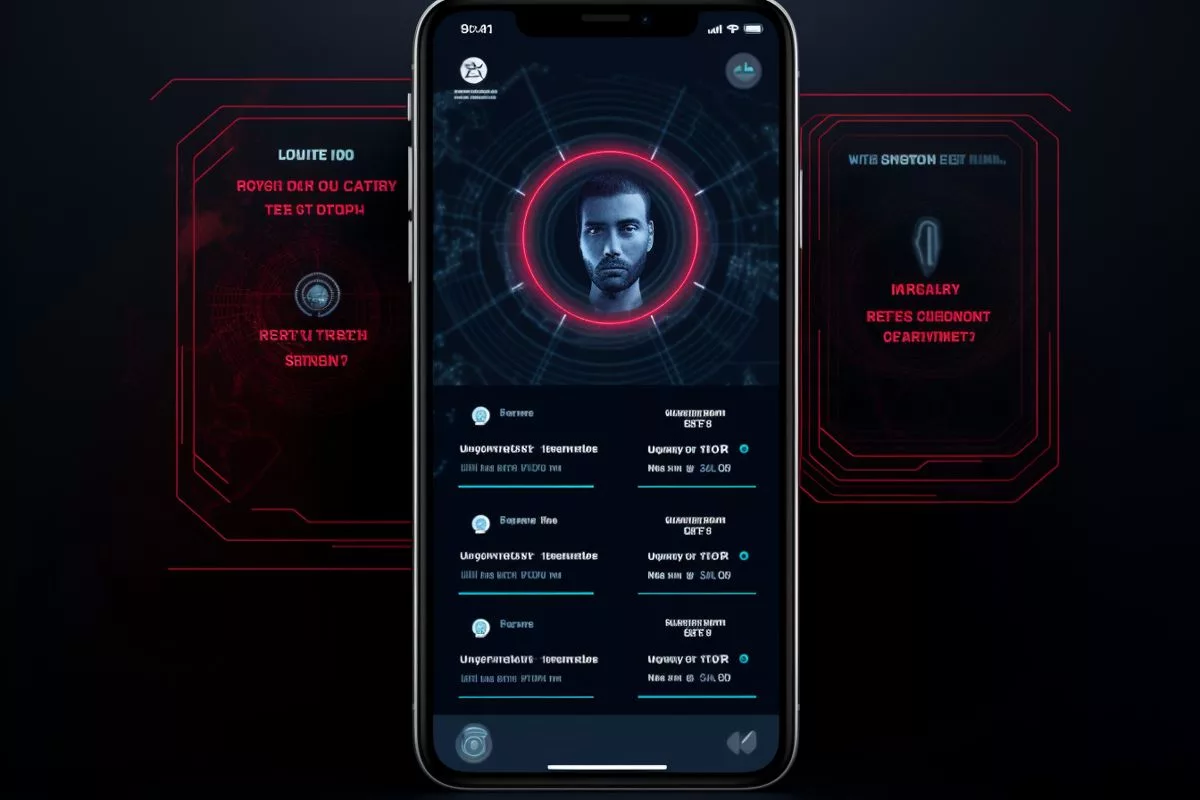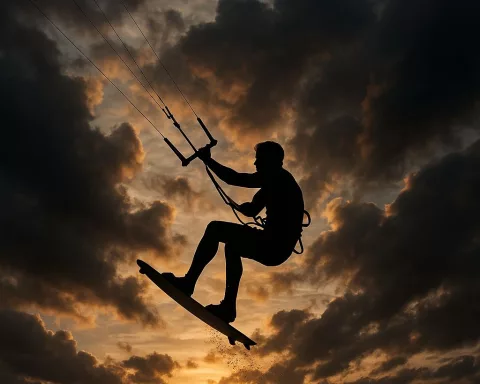The Zandvlei Estuary is an important ecological treasure located in Muizenberg, possessing notable ecological, social, and economic significance. Its preservation is a communal call to action, with thorough restoration and rehabilitation necessary to reduce nutrient build-up and revive nearby wetland areas. The City of Cape Town is inviting public participation in the Estuarine Management Plan, emphasizing the importance of community involvement in this undertaking to advocate sustainable ecological stewardship and ensure the wellbeing of our shared natural spaces.
What is the Zandvlei Estuary and why is its preservation important?
The Zandvlei Estuary is a merging of Zandvlei and the False Bay ocean, covering 92 square kilometres. It is the last flourishing estuary along the False Bay coastline, possessing notable ecological, social, and economic significance. Its preservation is a communal call to action, with deliberate management, thorough restoration, and rehabilitation necessary to reduce nutrient build-up and revive nearby terrestrial and wetland areas. It also serves as a vital nursery for marine fish species and a living space for waterbirds like waterfowl and waders, while offering recreational activities like canoeing, yachting, paddle-boarding, and angling.
An Invitation to Voice Opinions
On 11th November 2023, the City of Cape Town reached out to its respected citizens and other interested parties. The request was for viewpoints on the draft blueprint for the maintenance of an ecological treasure – the Zandvlei Estuary located in Muizenberg. The period for this essential involvement wrapped up on the final day of November 2023.
Zandvlei, the last flourishing estuary along the False Bay coastline, possesses notable ecological, social, and economic significance. Its preservation is a communal call to action. Deliberate management, thorough restoration, and rehabilitation can contribute to reducing nutrient build-up in the vlei. By refining the mouth management, we can strengthen its connectivity with the ocean and revive the nearby terrestrial and wetland areas.
Alderman Eddie Andrews, the Deputy Mayor and Mayoral Committee Member for Spatial Planning and Environment, accentuated the value of public participation. He appealed to the residents to contribute their perspectives to the Estuarine Management Plan (EMP), a document reviewing the estuary’s current state and proposing management and monitoring measures.
The Estuary and its Management
The Zandvlei Estuary, a merger of Zandvlei and the False Bay ocean, covers an extensive watershed area of 92 square kilometres. Despite being heavily altered, the estuary functions on a temporary open-closed system. It is impacted by adjacent urban suburbs such as Constantia, Plumstead, Tokai, Retreat, and Muizenberg, which drain into this catchment area.
The City’s Environmental Management Department is responsible for supervising the estuary’s management. Its fundamental duty is to formulate an EMP, which needs revision every five years. Presently, the public has a precious chance to review and provide feedback on this latest amendment.
Spanning 2.5 kilometers in length and 0.5 kilometers at its broadest point, the Zandvlei estuary is an ecological marvel. It is fed by the Keysers, Sand, and Westlake rivers. This water body carries a rich historical tale dating back to the 19th century when the Simon’s Town railway line was built across the estuary, with further modifications in the 1970s.
The Estuary’s Role and the Updated EMP
The estuarine system acts as a recreational centre offering water activities like canoeing, yachting, paddle-boarding, and angling. It also serves as a vital nursery for marine fish species and a living space for waterbirds like waterfowl and waders. However, it suffers the impact of polluted runoff from the urban catchment.
The revised EMP highlights short-, medium-, and long-term management priorities. These measures aim to maintain the estuarine function, safeguard the biodiversity and existing urban infrastructure surrounding the vlei, while promoting recreational and educational uses for current and future generations.
On the other hand, challenges remain, particularly the quality of inflow from the catchment area and sewage spills due to infrastructure failure and load-shedding. These matters pose substantial risks to the estuary’s water quality and overall wellbeing. The City, however, has pledged to confront these challenges directly. Proposals include dredging marine sediments from the lower channel, formulating sewer pump station protocols, installing backup power for sewage pump stations in the catchment area, enforcing residential, agricultural and commercial compliance in the broader catchment, and monitoring runoff from areas like agricultural fields and golf courses.
Alderman Andrews underscored the significance of the community’s involvement in this undertaking. This is a crucial time for residents, recreational users, businesses, and other interested parties to offer their invaluable feedback on this revised plan, intending to enhance the health and water quality of the Zandvlei Estuary over time.
This draft plan is available for your cherished comments on the City’s website until 30th November 2023. Your active participation is central to our joint mission to advocate sustainable ecological stewardship and ensure the wellbeing of our shared natural spaces. Let’s collaborate to safeguard the future of our Zandvlei Estuary.
What is the purpose of the Estuarine Management Plan?
The Estuarine Management Plan (EMP) is a document that reviews the current state of the Zandvlei Estuary and proposes management and monitoring measures. The plan needs to be revised every five years, and it serves as a roadmap for the management of the estuary.
What is the public’s role in the EMP?
The City of Cape Town is inviting public participation in the EMP. The public has the opportunity to review and provide feedback on the latest amendment of the plan. The City emphasizes the importance of community involvement in this undertaking to advocate sustainable ecological stewardship and ensure the wellbeing of our shared natural spaces.
What are the challenges facing the Zandvlei Estuary?
The Zandvlei Estuary faces challenges such as polluted runoff from the urban catchment, poor water quality due to sewage spills and infrastructure failure, and nutrient build-up. These matters pose substantial risks to the estuary’s water quality and overall wellbeing.
What measures are proposed in the revised EMP?
The revised EMP highlights short-, medium-, and long-term management priorities. These measures aim to maintain the estuarine function, safeguard the biodiversity and existing urban infrastructure surrounding the vlei, while promoting recreational and educational uses for current and future generations. Proposals include dredging marine sediments from the lower channel, formulating sewer pump station protocols, installing backup power for sewage pump stations in the catchment area, enforcing residential, agricultural and commercial compliance in the broader catchment, and monitoring runoff from areas like agricultural fields and golf courses.
What is the importance of the Zandvlei Estuary?
The Zandvlei Estuary is an important ecological treasure located in Muizenberg, possessing notable ecological, social, and economic significance. It serves as a vital nursery for marine fish species and a living space for waterbirds like waterfowl and waders, while offering recreational activities like canoeing, yachting, paddle-boarding, and angling. Its preservation is a communal call to action, with deliberate management, thorough restoration, and rehabilitation necessary to reduce nutrient build-up and revive nearby terrestrial and wetland areas.
How can interested parties participate in the EMP review process?
Interested parties can participate in the EMP review process by providing feedback on the City’s website until 30th November 2023. It is a crucial time for residents, recreational users, businesses, and other interested parties to offer their invaluable feedback on this revised plan, intending to enhance the health and water quality of the Zandvlei Estuary over time.








